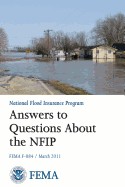
Prepped for a day off FEMA training and tests 😬😳🤢 do any of my other library working friends have to do this?
monalyisha We just had CRASE (Civilian Response to Active Shooter Events) training. 😔 6y
Crystalblu @monalyisha I did that one in January. I was surprised how much it stressed me out. 6y
47 likes2 comments




















